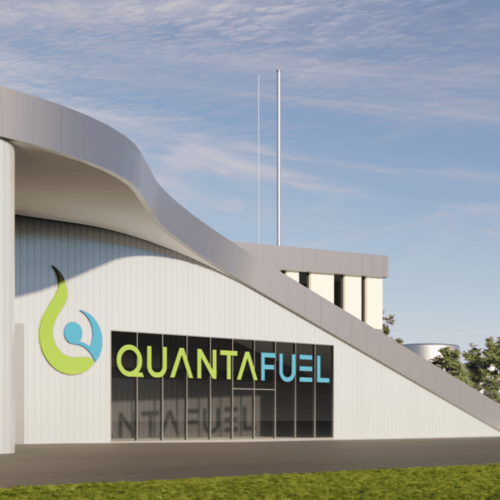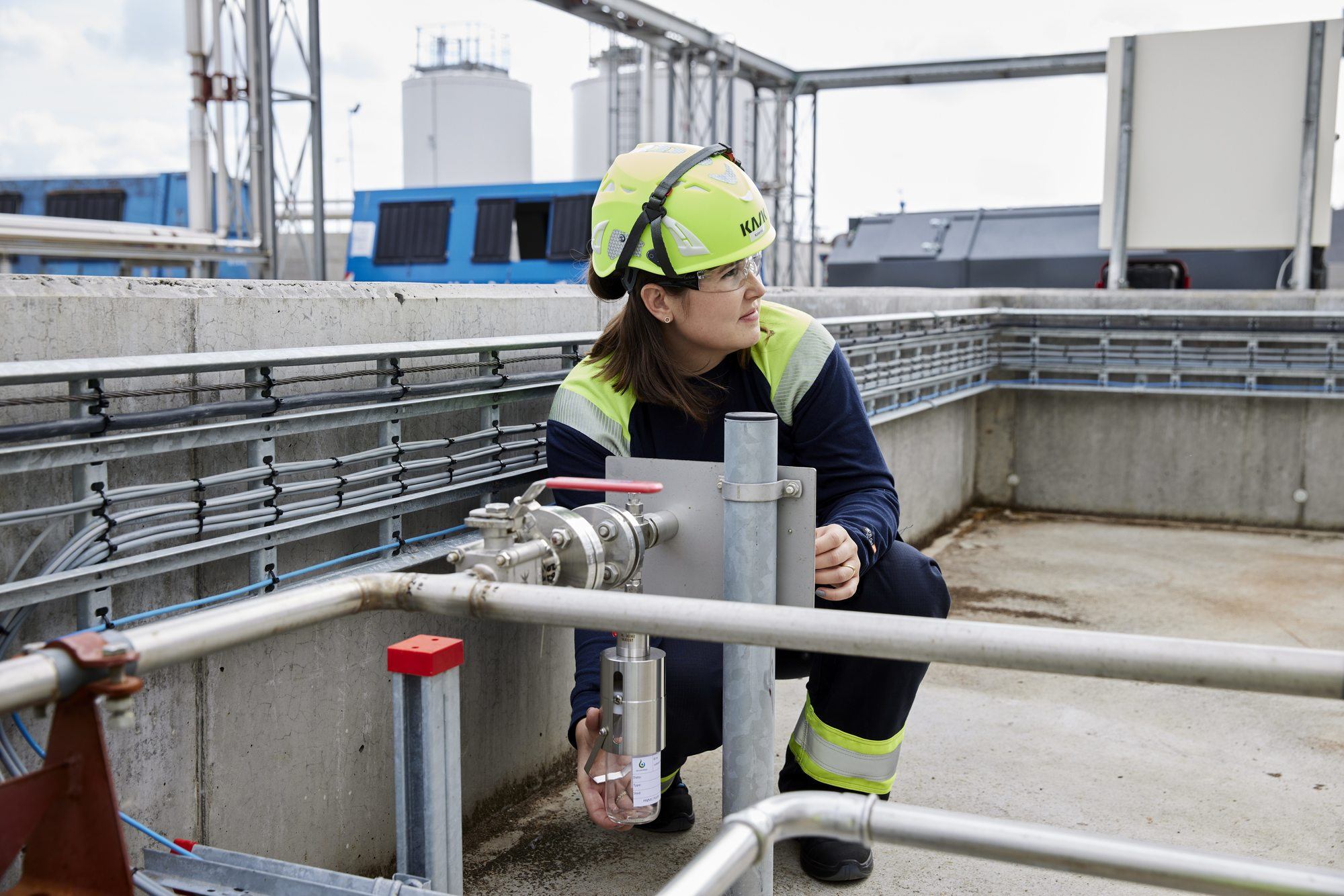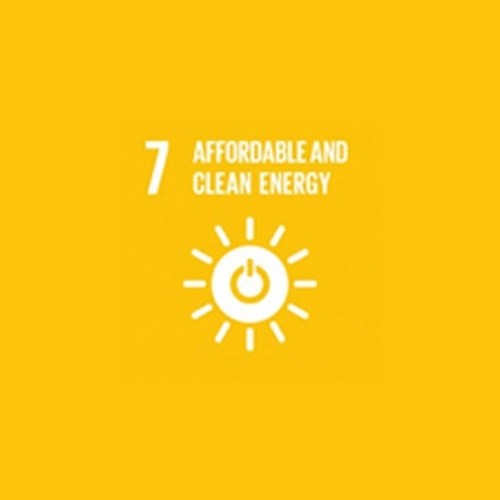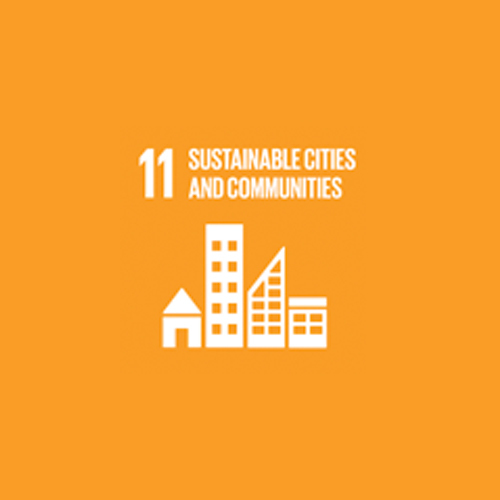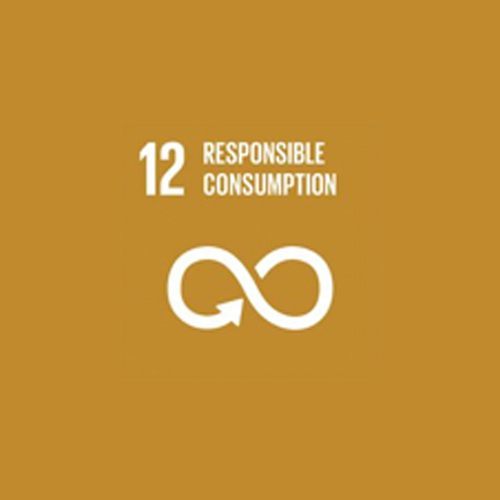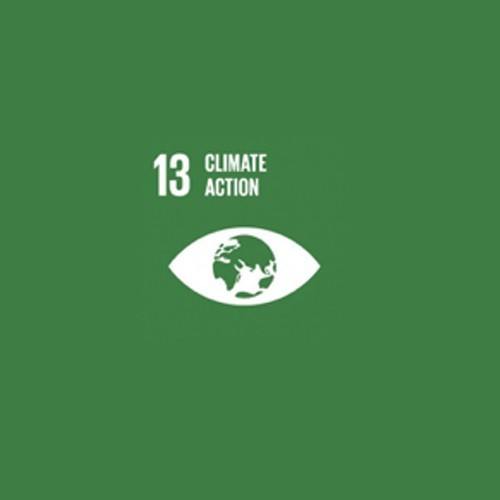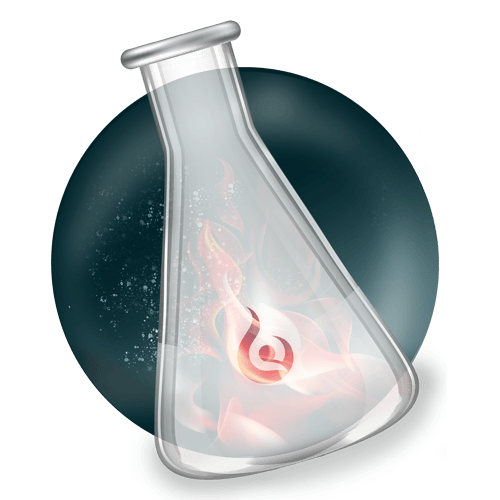Quantafuel’s is green to the core
Our energy efficient process upgrades mixed plastic waste to feedstock for new plastic of virgin quality that can be in contact with food. This is an example of upcycling, where existing materials and resources are transformed into products of greater quality and value.
Quantafuel’s business model is green to the core. This does not mean we can rest on our laurels. We are working hard to continually improve our sustainability profile. Our future plants will be built according to the highest sustainability standards, and our goal is to ensure that our own production is climate-neutral and waste-free.
